SEARCH






|
|
|
|


by Editor Lourens Durand
Edited and published by Yvette Depaepe the 15th of December 2021
Much has been written about the elements of art and principles of design in art and photography. We have all read about or studied balance, unity, movement, rhythm, pattern, focus, contrast, shapes, colour and texture in relation to producing a winning photograph. One aspect that is not often touched on is the angle of the camera in relation to the subject, and how it can hugely affect the mood of a photograph and the message that it conveys.
There are obviously a wealth of possible angle or points of view that are possible, but some of the most common ones are:
BIRD’s EYE VIEW
The bird’s eye view is often used in food photography to enable elements of different heights to be included in a composition, which may be difficult using other camera positions, or when shooting a subject that does not have much height. It is also used extensively in architectural photography, or simply to provide a unique angle on an ordinary subject.
High Camera Angle
Shooting downwards from an elevated position makes subjects look smaller, insignificant, powerless or vulnerable, and tends to give the viewer a sense of power. This angle also works well in landscape photography, adding a sense of depth to the scene.
'Leek and pumpkin spicy soup' by Diana Popescu
'Dark chocolate and nectarine rose' by Diana Popescu
'Homemade spaghetti' by Aleksandrova Karina
'Chilli' by sarawut intarob
'Happy Children' by Daniel Saputra
'Thief' by Christophe Kiciak
'Bajau Boy' by Hesham Alhumaid
EYE LEVEL
Eye level photography is mostly used in portraiture, emulating normal vision, creating a natural and stable feel. It is often used effectively for small children and animals, thus avoiding the “parent” angle.
Low Angle
Using a low angle, shooting upwards at a subject, creates a stronger impression of dominance than at eye level, adding drama, almost to the point of being threatening.
'Snoop' by trijoko
'Who let the dogs out?' by Marsel van Oosten
'Jumanji' by christine philippe
'Sunset giraffe drinking' by FrancoisVenter
'Red Beret' by Bil Gekas
'Charlie' by eric drigny
'Swan Lake' by Larry Deng
'Still life' by Tatyana Skorokhod
'Nastya' by Silaevk
'Curves under the tower' by Juan López Ruiz
'Full color tower' by Jorge Ruiz Dueso
'Seasonal workers' by Emir Bagci
'Standing Proud' by Jaco Marx
'Surfer' by Assaf Gavra
DUTCH ANGLE (or CANTED ANGLE)
Using this angle involves tilting the camera by about 30 degrees or so to create a heightened sense of drama or even of disorientation and is often used in movies, fashion and architectural photography, or sometimes to create a humorous effect.
Over the Shoulder
Over the Shoulder shooting applies to photos in which the camera is behind the subject, who is looking at another person or scene. Often used to depict conflict, confrontation or despair.
Angle-Plus-Angle
Angle-plus-angle is often used in movies to create a sense of drama, motion and energy, and is achieved by combining two angles, e.g. a high or low camera angle plus shooting at a tilted angle.
'1-2-3' by HAN dong hee
'tilted skimming' by Jack Zhang
'the traveller' by Silvana Lingg
'19' by Alper Uke
'Child Labor Is Just Not Fair' by Yvette Depaepe
'Other side of the world' by Jianwei Yang
'Twister' by Yuval Shiboli
'Tilted' by Riccardo Monaco
'Modeerf' by Eosination
Irrespective of which of these angles are used, composition is still the key to success, as evidenced by this selection of photographs from 1X.com photographers.
Lourens Durand
 | Write |
 | Yousif Albadi CREW a concise, informative, and valuable article, well done |
 | Marita Beneke Wow! If this article doesn't inspire you to grab your camera and get going again, nothing will. Excellent perspective on the importance of angles and stunning photography. Well done. |
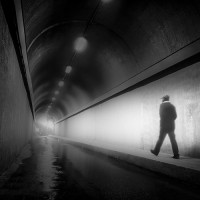 | Shan Zhong 很棒的 |
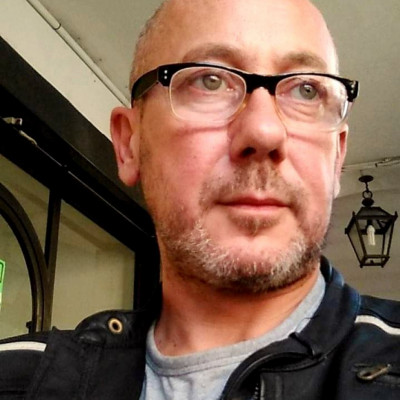 | Giacomo Maria Pivi molto interessante, grazie |
 | Lourens Durand CREW Molto grazie |
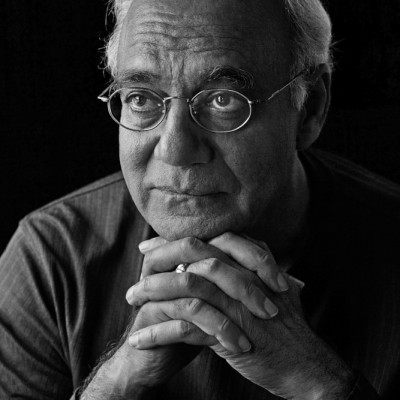 | Sayyed Nayyer Reza Great collection. |
 | Lourens Durand CREW Thank you Sayyed. |
 | Michael Newsom Wonderful set of photographs! |
 | Lourens Durand CREW Thaks Michadl |
 | Hui PRO Very informative and helpful. Lourens and Yvette. Congrats all. |
 | Yvette Depaepe CREW Thanks, dear Hui ! |
 | Lourens Durand CREW Thank you Hui |
 | Lourens Durand CREW Thank you all. |
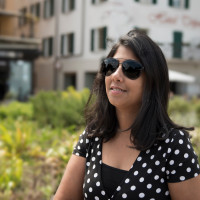 | Rana Jabeen PRO Informative article and excellent selected photos..Congratulations to all artists ..Thank you Lourens and Yvette . |
 | Yvette Depaepe CREW Thank you Rana ;-) |
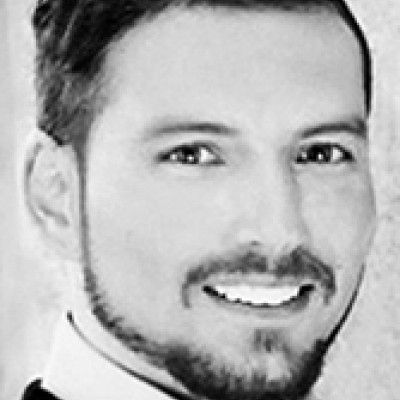 | Vasil Nanev PRO Excellent selection, very interesting article, Congratulations to all ! |
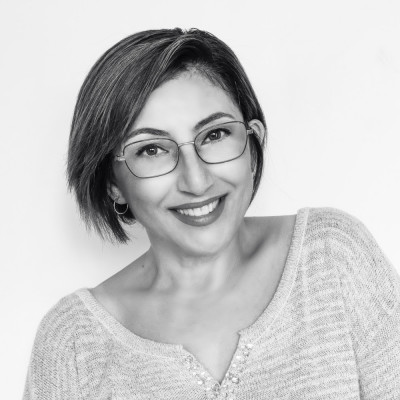 | Emel Sefer PRO Great article and great selection of photos. Congratulations to all. |
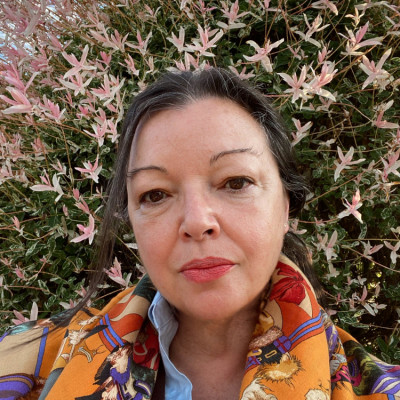 | Ludmila Shumilova PRO Great article as usual, great selection of photos too! |
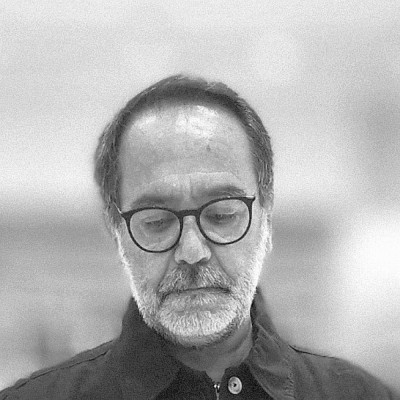 | Miguel Silva PRO Excelente seleção de fotografias para acompanhar as magníficas explicações dadas por Lourens. Obrigado também a Yvette por seu maravilhoso trabalho. |
 | Yvette Depaepe CREW Thanks a lot for your appreciation, dear Miguel! |
 | Miro Susta CREW Very interesting article, selection of lovely photographs. Many thanks Lourens, and of course to Yvette for excellent editing and publishing. |
 | Yvette Depaepe CREW Thank you, Miro ;-) |
 | Jorge Ruiz Dueso PRO Thanks a lot!!!! A great reportage, Lourens!!!! Thanks also to Yvette!!! Greetings! |
 | Yvette Depaepe CREW Thnaks, Jorge ! |
 | Silvana Lingg PRO
thank you very much Lourens |
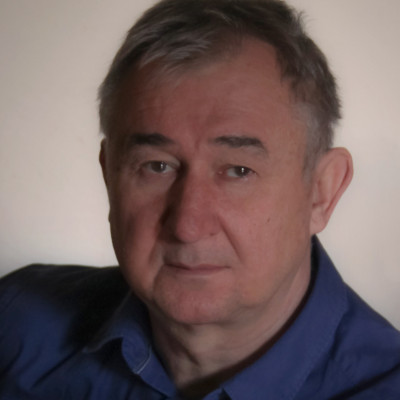 | Mladen Vukojevic Vrlo poučno, hvala |
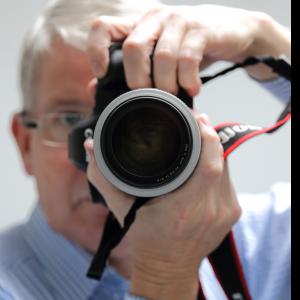 | Wicher Bos CREW Great selection! Thanks Lourens! |
 | Lourens Durand CREW Thank you Wicher. |
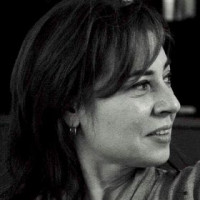 | Inci Koyuncu PRO çok teşekkürler... güzel seçki ve güzel makale |
 | Lourens Durand CREW Thank you. |
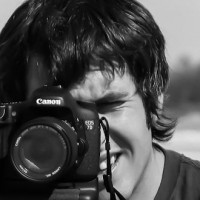 | Jaco Marx PRO Thank you Lourens! Great article (: |
 | Lourens Durand CREW Thank you Jaco. |
 | Yvette Depaepe CREW Congratulations to the authors of the selected images. Big thanks to Lourens for this fine article. Cheers, Yvette |